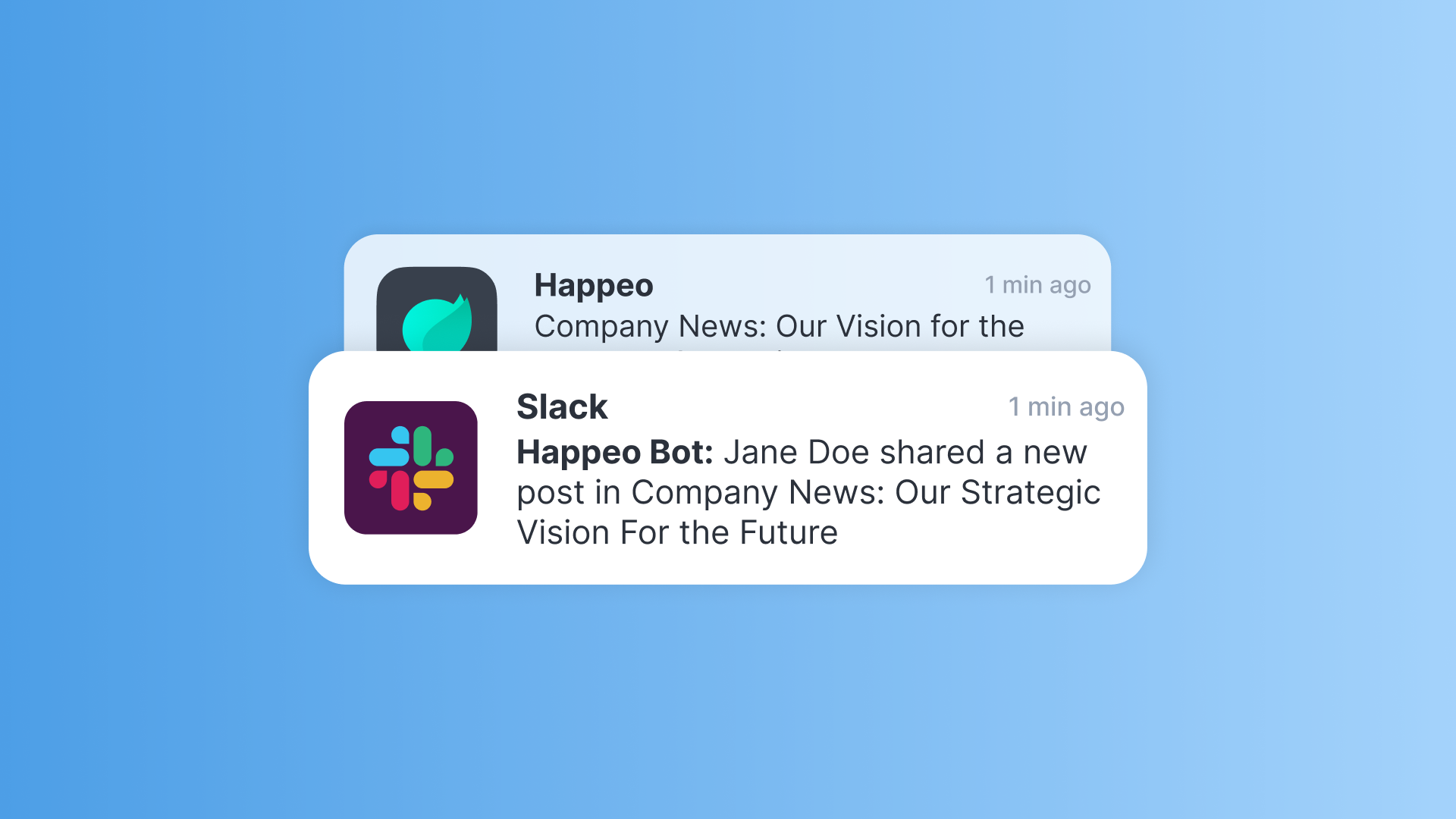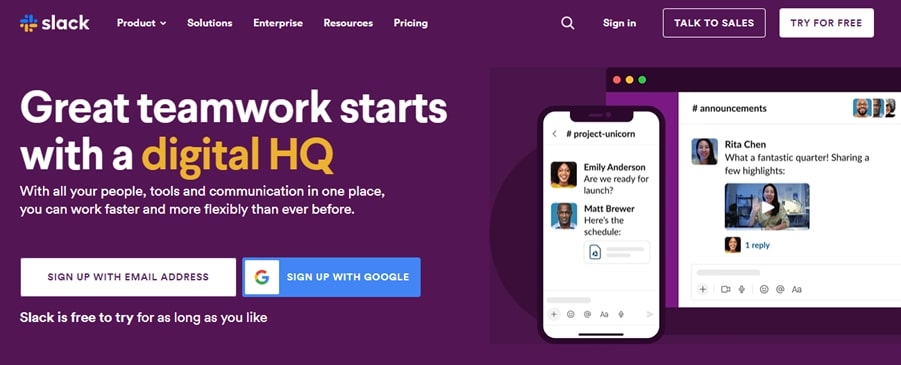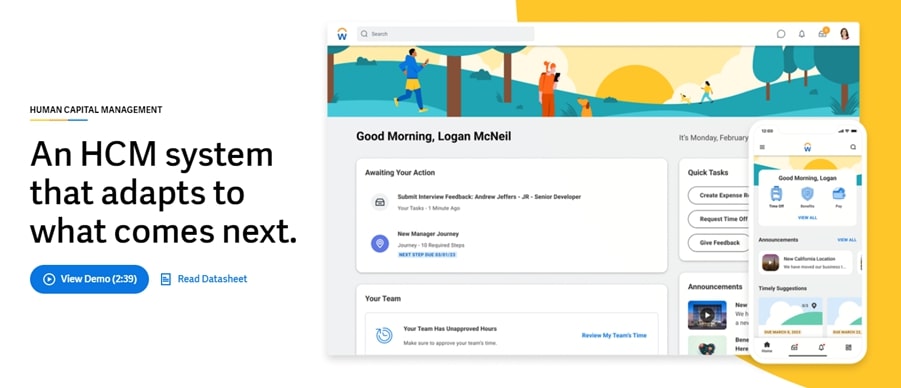
Comparisons Productivity
11 digital transformation tools to drive innovation in 2024

14 mins read
Start building your digital home with Happeo
Request a demoComparisons Productivity
Product
Features
Solutions
Happeo for
Use cases
Resources
Explore
Support
Happeo For
Use cases
Comparisons
Explore
Support
Recent

Jonathan Davies
14 mins read
Digital transformation tools are becoming essential for businesses that want to stay competitive.
These tools can help:
According to Deloitte, digitally mature companies see 45% revenue growth, compared to 15% for companies with low digital maturity. In this post, we’ll dive deeper into the impact digital transformation software can have on a business.
We’ll explore:
Digital transformation covers three main areas: people, processes, and technology. Here’s how digitalization tools support each of the three primary components.
Digital tools can help your employees improve by:
Communication channels like Microsoft Teams and Slack bridge the gap between team members, making it easier for them to stay connected. They no longer need to be in the same space to collaborate. Instead, they can communicate and collaborate remotely.
Digital tool features like virtual whiteboards, videoconferencing, and file sharing have made remote work more efficient than ever.
The same applies to learning. Digital transformation allows you to build a custom learning management system (LMS), so employees can continuously access resources, content, and your company’s internal experts. This reduces the learning curve and makes onboarding new employees faster and more cost-effective.
Business processes are the greatest beneficiary of digital transformation.
An example of this is customer relationship management (CRM) systems. According to industry reports, 91% of businesses with over 10 employees use CRMs to make their processes more efficient.
CRMs can:
In 2024, companies will leverage innovative technologies, such as artificial intelligence (AI) and machine learning, to enhance their operations.
AI and machine learning allow companies to automate processes and make data-driven decisions more quickly and accurately. These technological advances are key to streamlining processes.
Now that you know what digital transformation entails, here are 11 tools to transform your business into a tech-forward enterprise.
Social intranet software is like a private internet for companies, allowing them to build an internal ecosystem for collaboration.
It helps establish a single source of truth for information, making it easier for employees to access resources and collaborate on projects.

Social intranet software allows you to:
You may wonder why you need to invest in social intranet software when you already have email. The answer is simple: Social intranet is more than just a tool for communication. It’s an essential platform for collaboration, productivity, and efficiency.
Consider Happeo customer Doctolib as a use case. The Doctolib healthcare app allows patients to schedule a consultation with a doctor. On the surface, the app’s function appears simple. But on the back end, a lot is going on.
The Doctolib team is full of entrepreneurs, and all are working on ideas that link back to the primary mission: making quality health care available to all.
Previously, the company used Google Sites to organize its teams. They created a site for each department where the team collaborated on ideas and stored their growing knowledge. But as the teams became interdependent, individual Google Sites became an inefficient approach for Doctolib’s operations.
That’s when the company embraced an all-in-one solution, Happeo — a leading intranet software provider that makes community-building and internal communications a breeze.
Whether it’s the IT, engineering, or creative department, all teams can stay connected and access information with just a few clicks.
Digital workplace suites give companies the tools they need to build a digital office space.
Like social intranet software, digital workplace tools provide a repository of documents and data in one convenient place.
However, digital workplace suites differ from social intranets in terms of functionality. Social intranet software enables you to share and access information, while a digital workplace allows you to “work” in the same space.
For example, you could use a digital workplace suite to:
Happeo works as a social intranet and digital workplace.

Internal communication tools are essential for any digital transformation because they help keep remote teams connected and foster collaboration.
Some examples of internal communication tools include:
Ideally, the tool you choose should be able to:
It should also be mobile-friendly and integrate with other work-related platforms like email and project management systems.
CRM software allows you to store customers' data and use it to:
Some of the most popular CRMs include:
Opt for a CRM that automates workflows and maximizes personalization for each customer.
Knowledge management and sharing tools allow companies to store and access a wide range of information — from procedural guidelines to customer service tips.
These tools are essential for any organization that wants to be digital-first while empowering employees with knowledge and resources for success. They also reduce the costs of training and onboarding by eliminating in-person sessions and travel expenses.
Popular knowledge management tools include:
Companies using Happeo’s knowledge management tool reported the following returns:

HCM platforms are digital tools that help companies manage employee information by integrating all their human resources (HR) data into a single system.
These platforms automate HR’s core processes, such as:
You can also use them to:
With HCM software, companies can make data-backed decisions on promotions, bonuses, and raises.
Popular HCM tools include:
Customer success tools are an advanced version of phone calls or assisting customers in person.
These tools reduce friction in the buying process, making it easier for customers to buy products and for companies to provide excellent customer service.
Some prominent features of CS software include:
Some of the best tools today are eWebinar, Gainsight, Helpscout, and Vitally.

Because content is the heart of your digital presence, a powerful CMS is a must-have.
These systems allow you to create, edit, and publish content, including:
A CMS is also important for SEO. You can optimize blog and web content for search engines to gain better visibility on the internet.
It also allows you to track and analyze website performance.
Examples of CMS include:
Cloud storage systems are digital repositories where companies can store data.
It allows you to store and manage data with an internet connection rather than keep it on local servers or hardware. This helps streamline workflows, making it easy to access files from anywhere with any device.
Cloud storage also creates a secure backup in case of system failure or data loss. Like digital workplace suites, team members can share information and collaborate on tasks.
There are several cloud-storage services, including:
Many cloud storage services offer free storage. You can subscribe to a paid plan for more storage if you run out of space.
The cost of cloud storage is lower than upgrading hardware, like hard or USB drives, since you only have to subscribe for more space.
Project management tools are the cornerstone of a digital working environment.
They allow you to create, assign, and track tasks to their completion. Team members can see who's working on what and the status of each task, improving team transparency and efficiency.
Some popular project management tools are Asana, Trello, and Monday.com.
A digital adoption platform makes it easier for users to learn how to use your software or virtual workplace.
These platforms are essential for SaaS businesses, making onboarding run smoothly and reducing the need for meetings.
Some of the best digital adoption platforms include:
With digital transformation tools, there's no one-size-fits-all solution.
We recommend evaluating the following factors to pick the right tools for your business:
Digital workplace suites and social intranet tools, like Happeo, are great tools to begin a digital transformation with.
Are you ready to transform your business?
Book a free demo with us today, and let’s discuss how we can help you take the first step towards digital transformation.
